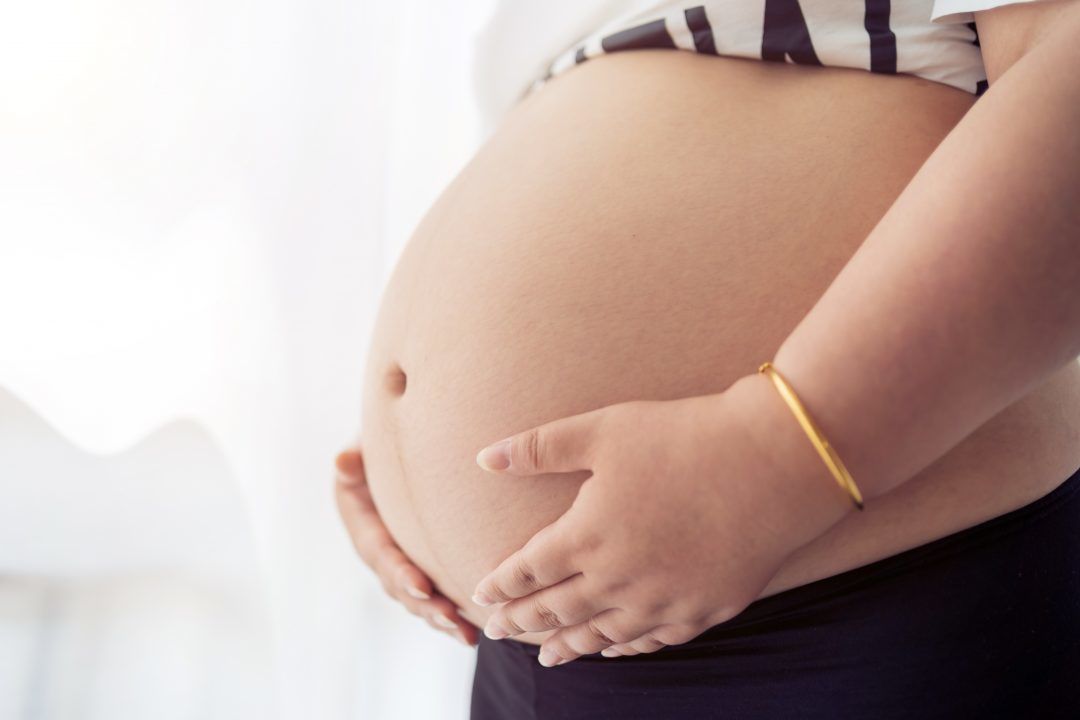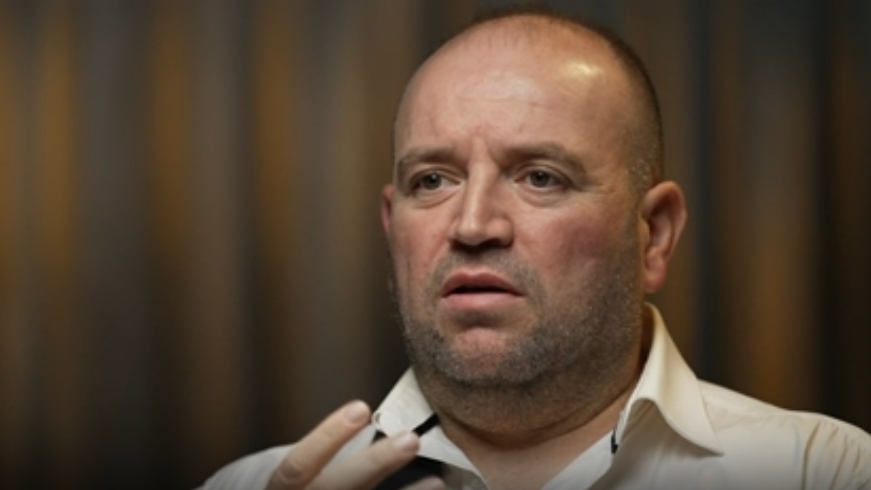Unborn babies have air pollution particles in their developing lungs and other vital organs as early as the first trimester, new research has revealed.
Air pollution nanoparticles, called black carbon – or soot particles – were studied by scientists at the University of Aberdeen and Hasselt University in Belgium to see whether these can reach the foetus.
The findings, which have been published in the Lancet Planetary Health journal, show that the newborn baby and its placenta are exposed to air pollution black carbon nanoparticles proportionally to the mother’s exposure.
These nanoparticles also cross the placenta into the foetus in the womb as early as the first trimester of pregnancy and get into its developing organs, including its liver, lungs, and brain.
Black carbon is a sooty black material released into the air from internal combustion engines, coal-fired power plants, and other sources that burn fossil fuel.
Previous studies by the Hasselt University team found that black carbon nanoparticles get into the placenta, but there was no solid evidence that these particles then entered the foetus.
This latest study is the first time this has been shown to occur and the team behind the research say the findings are “worrying”.
Professor Tim Nawrot, from Hasselt University said: “We know that exposure to air pollution during pregnancy and infancy has been linked with stillbirth, preterm birth, low weight babies and disturbed brain development, with consequences persisting throughout life.
“We show in this study that the number of black carbon particles that get into the mother are passed on proportionally to the placenta and into the baby. This means that air quality regulation should recognise this transfer during gestation and act to protect the most susceptible stages of human development.”
To answer the question of whether these particles travel from the placenta to the foetus, Professor Nawrot linked up with Professor Paul Fowler from Aberdeen University whose team studies first and second trimester human foetuses.
Professor Fowler said: “We all worried that if nanoparticles were getting into the foetus, then they might be directly affecting its development in the womb. What we have shown for the first time is that black carbon air pollution nanoparticles not only get into the first and second trimester placenta, but then also find their way into the organs of the developing foetus, including the liver and lungs.
“What is even more worrying is that these black carbon particles also get into the developing human brain. This means that it is possible for these nanoparticles to directly interact with control systems within human foetal organs and cells.”
The study authors conclude that now it is known that the developing baby in the womb is directly exposed to black carbon air pollution particles, uncovering the mechanisms involved in health risks has become even more urgent.
Follow STV News on WhatsApp
Scan the QR code on your mobile device for all the latest news from around the country


 iStock
iStock























